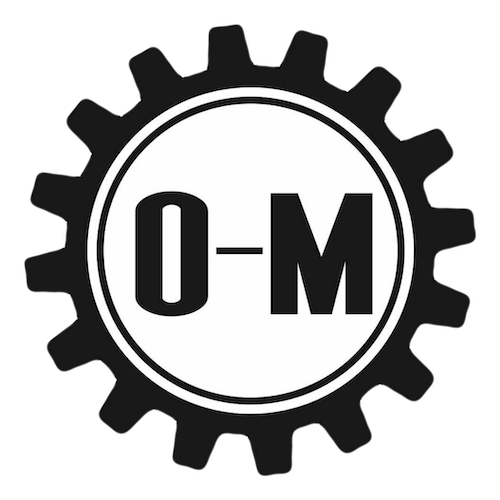Back pain is extremely common, in fact, we see multiple people every day with this complaint. The tricky thing about this type of pain is that there can be so many root causes. But today we want to talk about the connection that very few people make – back pain stemming from your hamstrings. Many times people assume their pain is a result of an issue actually IN the back, but it’s good to explore both upstream and downstream possibilities. Let’s discuss the role that the hamstrings play.
What The Hamstrings Do In The Body
Most people know roughly where this group of muscles is located – the back of the thigh. However, you may not know that they actually originate right at the bottom of your pelvis in a place called the ischial tuberosity or ischium. These three muscles are responsible for bending the knee and extending/rotating the hip joint. In other words, you use them for walking, running, climbing stairs, and most other leg movements. It’s easy to injure them with sudden movements (sprinting without warming up) or lifting weights improperly. If you’ve ever pulled your hamstrings, you probably know that this nagging injury will make your life miserable until it heals!
The Connection Between The Hamstrings And Back Pain
As we mentioned above, the hamstring muscles connect to the bottom of the pelvis. It’s this attachment point that often results in sneaky pain referred up to the lower back. When muscles get tight (as a result of both overuse AND underuse), they contract. This shortening causes the hamstrings to pull on the pelvis, tilting it out of proper position. The lower back rounds ever so slightly to compensate, which, in turn, puts undue stress on those muscles. What is the result? Seemingly out of nowhere pain and tightness in the lower back. Patients with this condition usually tell us that they haven’t sustained any direct injury and are baffled with how/why the pain has started. They often have trouble sitting in most positions (especially in backless chairs or benches) and may even report tingling or numbness down the back of the leg. The pain can be located toward one side (closer to the hip) or across the whole lower back. In our session, we can typically confirm this hamstring-related pain with a manual examination.
So, What Can I Do?
The first thing to do once you realize your pain could be coming from your hamstrings is to address it right away. If left untreated, it will only worsen. Stretching of the hamstrings alone isn’t usually enough – they are prone to adhesions which don’t respond to stretching. Make an appointment with us and then follow some of this self care at home:
- Apply ice to the lower back 2-3 times a day. We like the large, rectangular flexible ice packs. Pro tip: Get 2 so you can swap them out easily
- If you have a lacross ball or even a foam roller, try to use it on your hamstrings to break up some of the tight tissues. Don’t overdo this, just once or twice a day for a few minutes will help.
- Take breaks from sitting – this cuts off the blood flow in the lower leg and tightens the muscles. Make sure you have an ergonomic chair, but you’ll still need to take breaks.
The good news is that with proper treatment, this issue can be resolved. If you’re struggling with low back pain, come in and see us. It could be coming from your hamstrings, and we can help. Schedule your appointment today.


